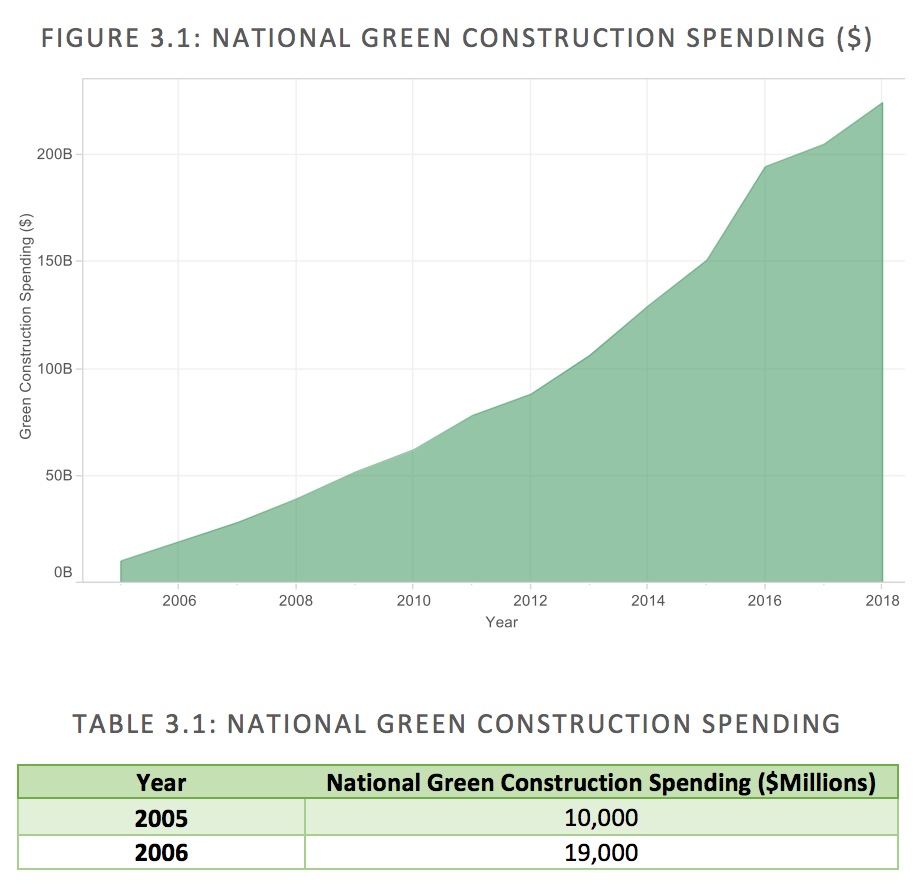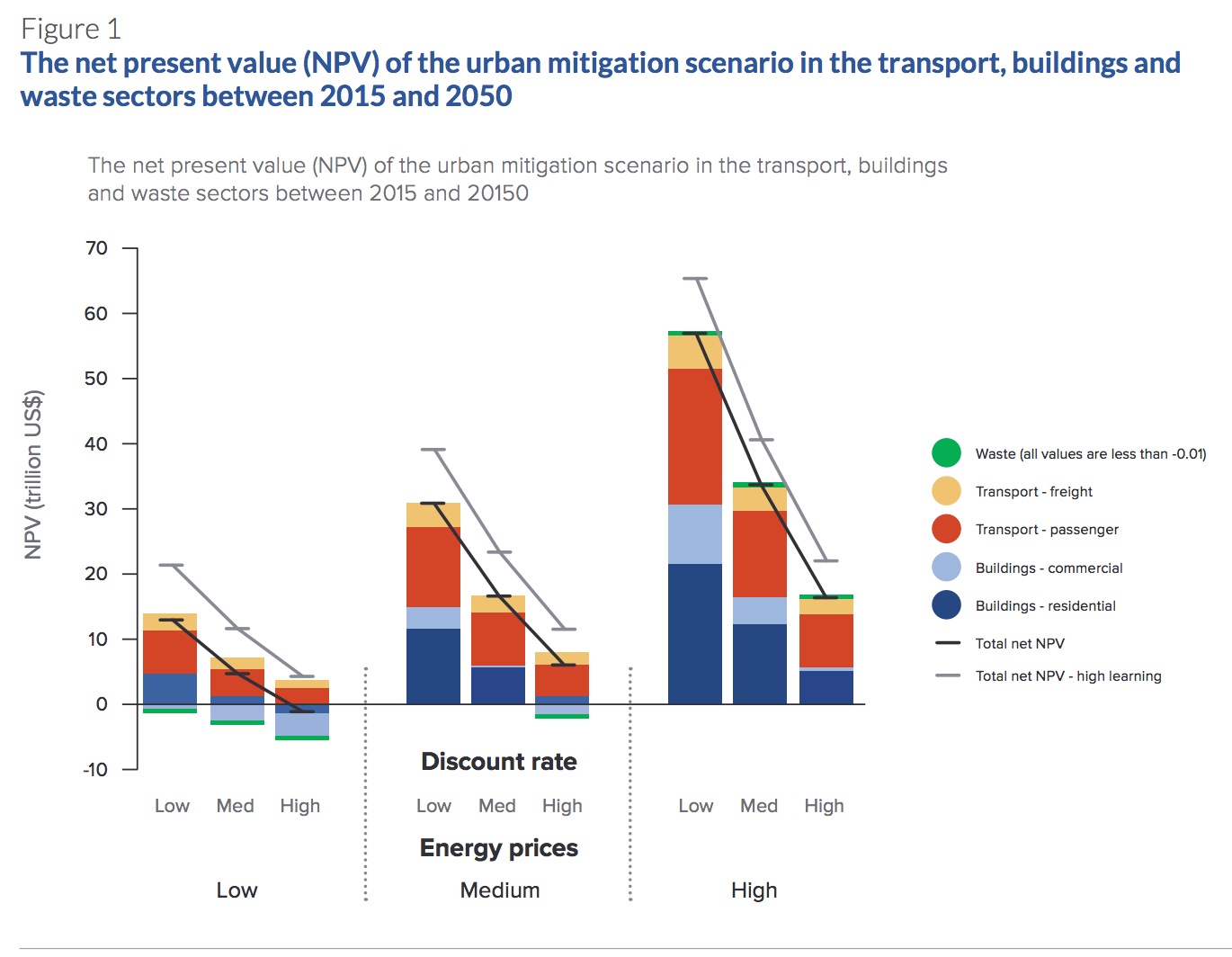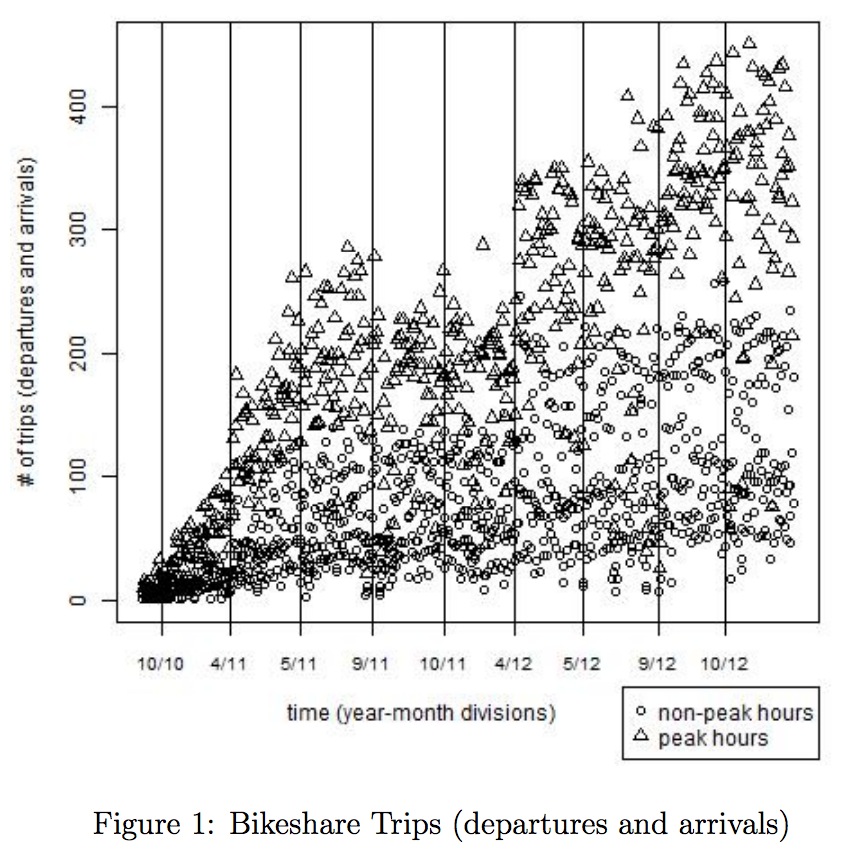
Earlier this year, 1st Street in Washington D.C. was transformed into a protected bike lane with a myriad of separation techniques that all seem to work very well and feel incredibly safe. About half the lane is done with concrete median prortection while other sections are done with green paint, plastic bollards and armadillos which seem to prevent traffic from encroaching on the lane. What is truly impressive is the now much more the narrow streets deliberatly funnel traffic more slowly and lead to a street that feels welcome in a Vision Zero world.
View this complete post...





















 RSS Feed
RSS Feed